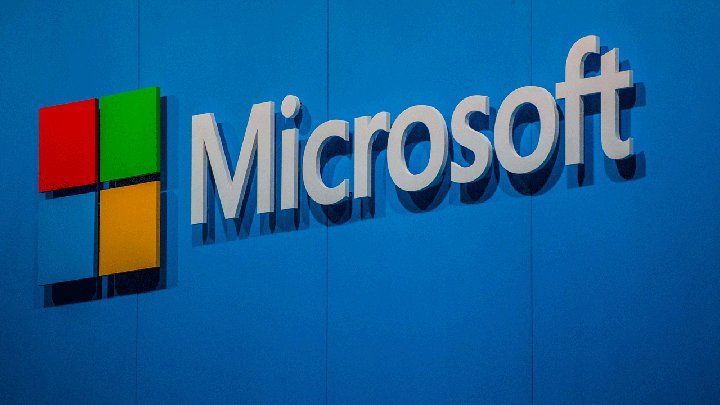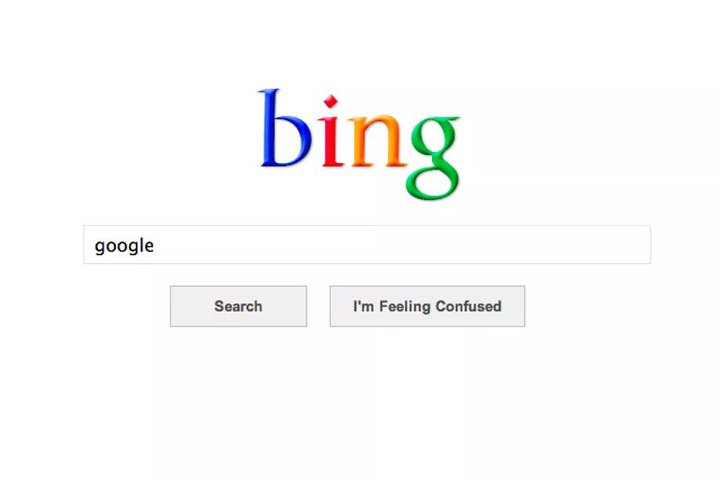Microsoft Says No to April Fools' Day
Microsoft has banned its employees from publishing jokes on April Fools' Day. According to the company, such actions are very likely to yield more losses than gains.
April Fools, the day when you're better off being on your guard, is approaching. The media will be flooded with all kinds of false information, spread as a joke. But one thing we can be almost certain of - none of them will come from Microsoft. The company's employees were expressly forbidden to publish false news next Monday.

The recommendation was given by Chris Capossela, head of marketing at Microsoft. This is the content of a note distributed inside the company where he explains his decision (via The Verge):
"It’s that time of year when tech companies try to show their creativity with April Fools’ Day stunts. Sometimes the outcomes are amusing and sometimes they’re not. Either way, data tells us these stunts have limited positive impact and can actually result in unwanted news cycles.
Considering the headwinds the tech industry is facing today, I’m asking all teams at Microsoft to not do any public-facing April Fools’ Day stunts. I appreciate that people may have devoted time and resources to these activities, but I believe we have more to lose than gain by attempting to be funny on this one day."
Of course, theoretically all this could be a coverup to make any actual April Fools' Day jokes all the more effective, but it seems unlikely. Microsoft's fear of unhelpful jokes can be justified. It is worth remembering that we are approaching the end of a hardware generation, but the new consoles have not yet been officially presented. If an employee of the Redmond giant came up with the idea of spreading rumors about the upcoming Xbox, even to a minimal degree, it could have a negative impact on the moods of players and investors.

In 2016, Google learned what happens when an April Fools' joke gets out of control. The company implemented an option in Gmail to add a gif showing Minion performing a mic drop to our emails. The problem was that it didn't work very well and the animated picture sometimes appeared in the email, even if the sender didn't want it, which led to many unpleasant misunderstandings.
- George R.R. Martin asked ChatGPT to write a sequel to Game of Thrones, then took the result to court
- Problems with X (formerly Twitter) and ChatGPT (unlock challenges) continue as Cloudflare Global Network is experiencing issues
- Activision had Minecraft within its grasp. One mistake in judgment cost them billions
0

Author: Milosz Szubert
A film expert by education. Has been working at Gamepressure.com since January 2017. A fan of tennis, basketball, comics, good books, history, and strategic games by Paradox. Recently a self-taught Game Master (apparently he's quite good at it). For several years, he edited films on the Notatnik Kinomana channel on YouTube.
Latest News
- This is expected to be the biggest year in the company's history. Blizzard prepares an offensive that will overshadow previous years
- Bethesda envied CD Projekt RED? Starfield may undergo a Cyberpunk 2077-style metamorphosis
- Season 2 has just started, and Todd Howard is already writing the script for the third one. Fallout 5 will be changed by the TV show
- 5 games to grab on Amazon Prime Gaming. Among them, a collection of RPG classics
- My experience attending the 2025 Game Awards, and why I loved it

